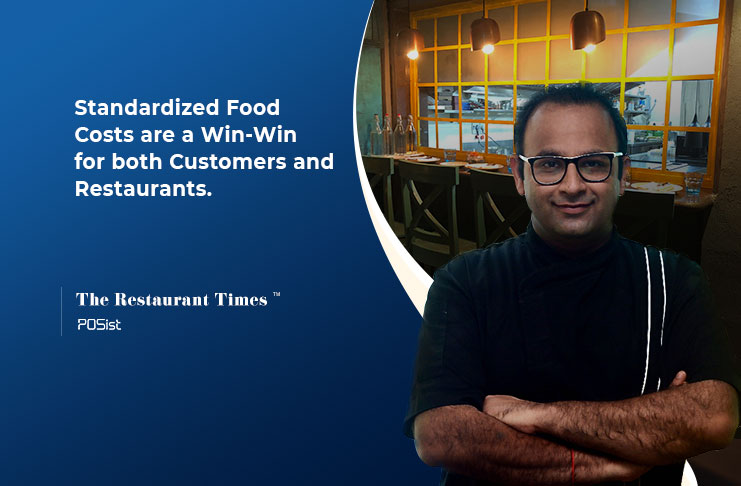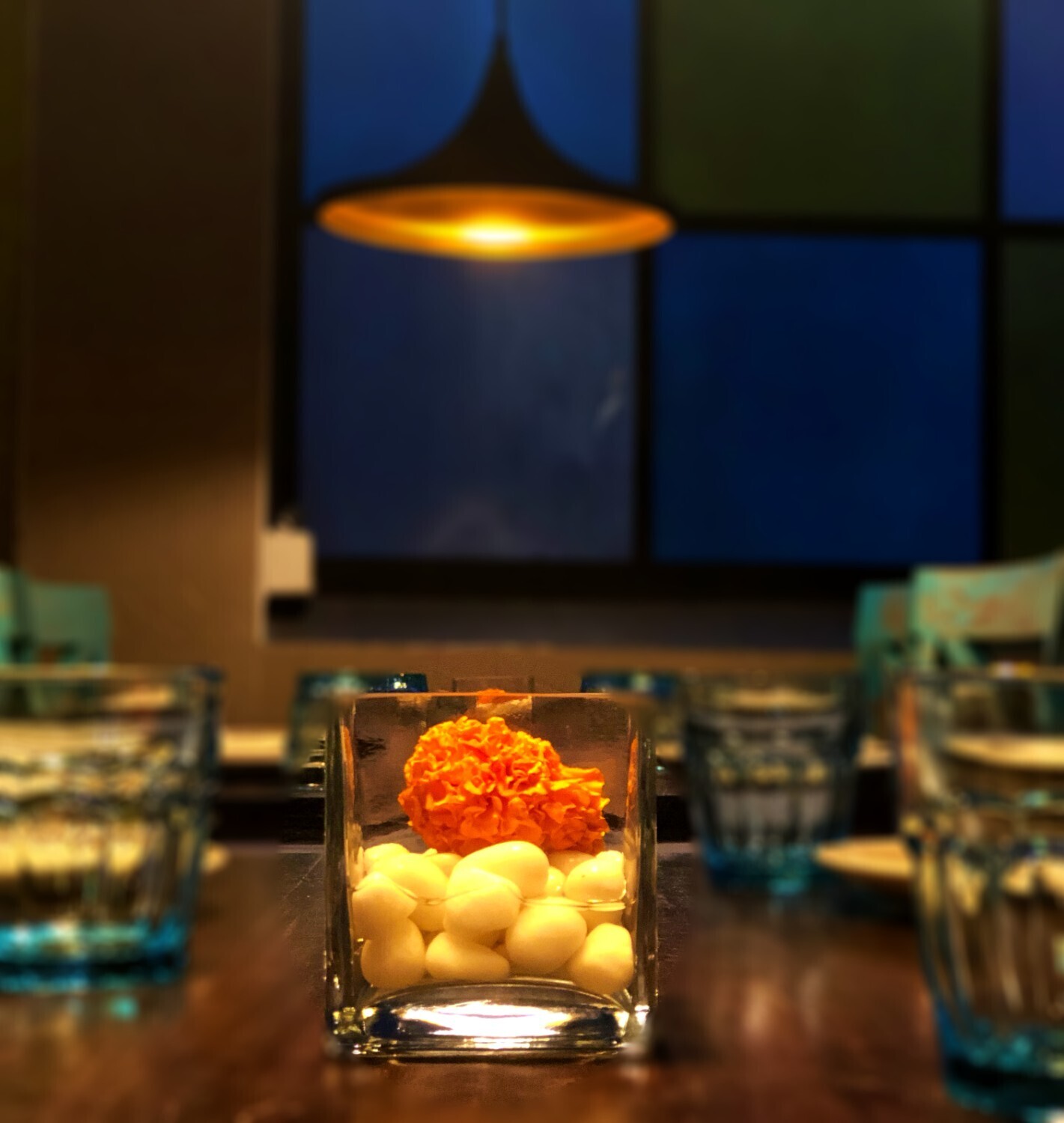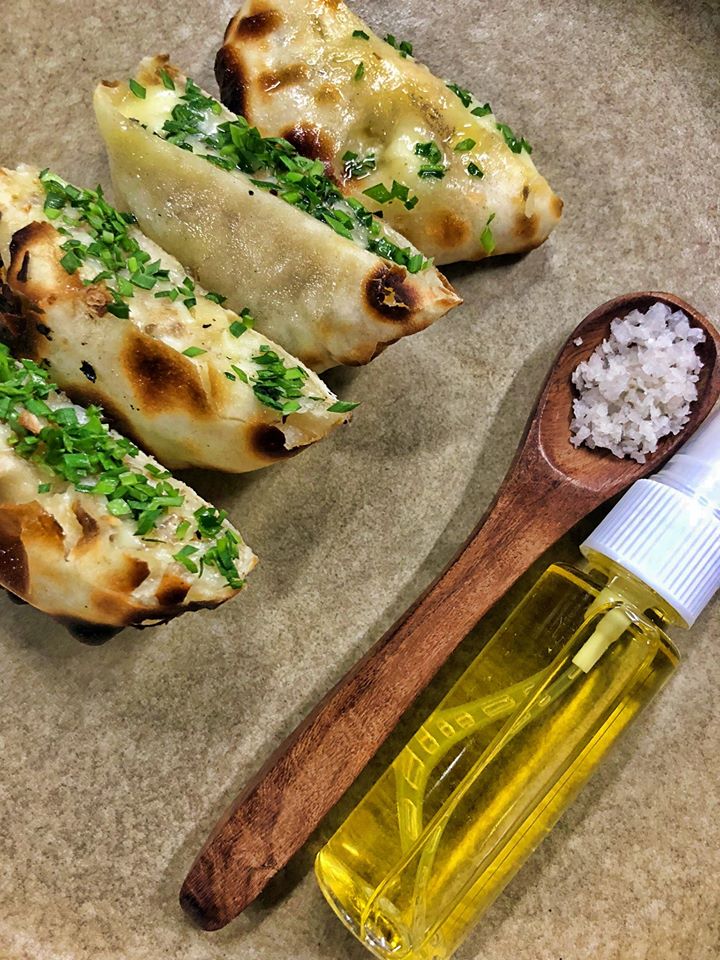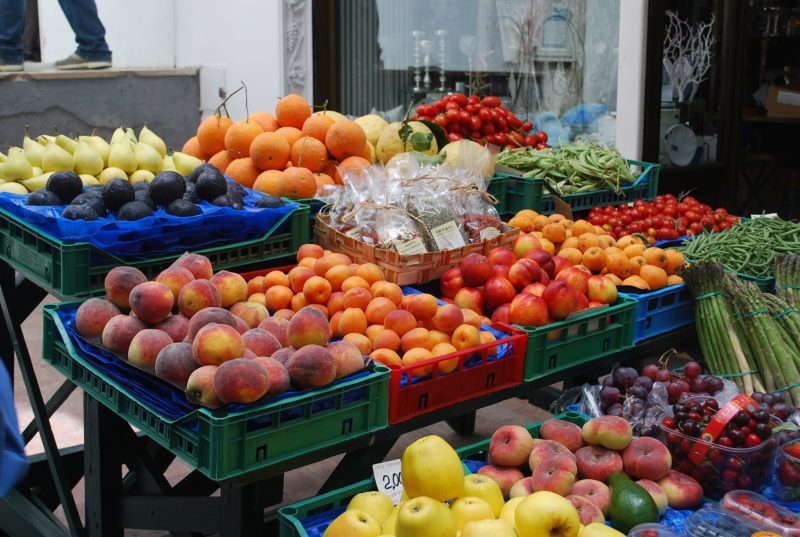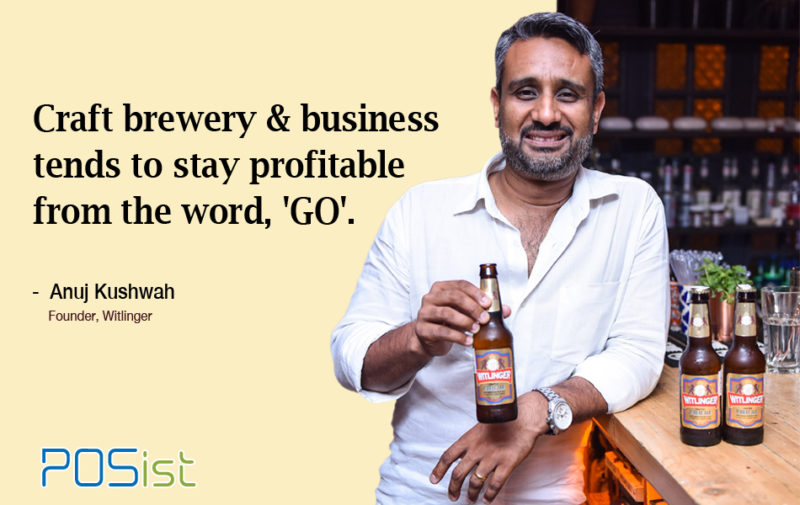F&B entrepreneur, Chef Vikram Arora has been in the hospitality industry for the past 18 years. He hails from Delhi and has worked with prestigious brands like Four Seasons Hotels and Resorts, Park Plaza and The Great Indian Kebab Factory. Having rich experience in the foodservice industry, he decided to start his own restaurant and that is when he began with Tamak in 2017. Tamak brings back the nostalgic flavors from the northern part of India. It has a menu with a lot of original takes on traditional dishes. The ambiance is remarkably casual, giving the guests an unmatched dining experience!
In Conversation With Chef Vikram Arora of Tamak
In an exclusive conversation with The Restaurant Times, Chef Vikram Arora talks of his journey in the industry, the story behind Tamak, operations at Tamak, and a lot more.
Operations At Tamak
Tamak is the place for all the food buffs out there. It’s menu consists of mouth-watering and appetizing dishes from Kashmir, Delhi, Punjab, and Rajasthan. Tamak is a chic outlet that seats about twenty people at a time. Their aim is to serve good food and be a neighborhood restaurant, where patrons would like to dine.
At Tamak, the operations are taken care of with the help of the cloud-based Point Of Sale software, Posist. It enables data sync on a central level. With central access to all the important information, it is easier to extract reports, upload data, and audit information. The feature of online and offline reporting streamlines the analysis of data. All the data from the offline transactions are automatically displayed in the daily sales reports without any data loss. Hence the analysis of the reports is not devoid of any information.
Menu Engineering For Increasing Sales and Profitability
Menu engineering is both an art and science. It illustrates the work done on all features of the menu – from ingredient preference to portioning and preparation, to graphic design, in order to boost both sales and profit. Here are some tips for successful menu engineering for increasing sales and profitability:
- Balancing The High and Low Food Cost Items: Balancing high and low food cost items are the key to successful menu engineering and to earn generous profits. It includes strategically featuring and promoting items to help reach your target audience. Different cuisines have different angles and appeal to different customer groups. According to Arora, the average cost of food should not be more than 30%. Everything in your restaurant, from payroll to the miscellaneous expenses needs to be covered by the food you serve.
- Play With The Portion Size: Arora mentions that another aspect of gaining profits is playing with the portion size while preparing the food item. The cooks in the restaurants should exactly know how much quantity of each ingredient to put in every dish. Everything should be measured in the kitchen to successfully maintain portion control while preparing dishes.
- Ingredient Costs: Ingredient cost for each menu item will determine its profitability. Similarly, all costs must be calculated and reported in the same way across all the restaurants to have a better understanding of the costs incurred in the restaurant.
Tips to Control High Food Cost
High food costs are a great concern for restaurateurs. Using a variety of planning, monitoring, and evaluation techniques, can help in continually manage the costs to ensure that there is profitability without sacrificing quality.
- Upselling To The Customers: Upselling can look less like sales and more like customer service with effective techniques. It should be subtle enough to avoid annoying the customer or making them feel bothered. According to Arora, it is necessary to make sure all the employees know how vital restaurant upselling is and how to do it. Ensure that the employees know the menu thoroughly, including the new items, and the details of all the items.
- Reducing Unnecessary Wastages: According to a study, the percentage of food waste in fast-food restaurants is about 9.55 % and in restaurants with full service of 11.3 % of the total amount of purchased food is wasted. Arora says that in order to control high food costs, reducing wastage is an important step. It is crucial to educate and train the employees about the methods of reusing and recycling so that they can cut down the wastages.
- Using Same Ingredients While Preparing Dishes: If you include items in your restaurant menu with the same ingredients, it will reduce the scope of spoilage and wastage of ingredients in your kitchen. During menu forecasting, one must take care of the ingredients and use them in multiple dishes.
Strategic Learnings To Open A Casual-Dine Restaurant
- Hiring The Right Staff: Great restaurant teams lead to great customer service. As a restaurateur, it’s essential to assess your needs first. Look for experienced individuals or the ones willing to learn and follow the standards properly. There is a high attrition rate in the restaurant industry. It is essential to take care of the needs of the staff as well and also their working conditions.
- Branding It Right: According to Arora, your restaurant’s brand should resonate with customers, creating a recall value, which prompts them to keep coming back to the experience you offer. The brand helps you to create a unique identity in front of the customers and differentiates you from your competition. It is important to accurately position your brand in the market.
- Controlling Your Miscellaneous Expenses: There are certain costs that are not in your control, the restaurant owners must keep an eye on them. Fixed costs such as rent and utilities cannot be modified. Analyzing daily reports regarding the miscellaneous expenses of the restaurant will help in scrutinizing the sources of these expenses and making decisions to control them.
- Be Proactive: Arora mentions that it is very important for staff members to be proactive. They must know the customers and think proactively about their requirements well in advance and take care of them before the customers even asking. This helps in enhancing customer experience and creating value for your restaurant!
Arora concludes by saying that it is important to take good care of your patrons and never say ‘No’ to them. Saying ‘No’ raises emotional and logical questions, and that’s not good for your business relationship for the future. Always try to assist your patrons in the best possible manner!


